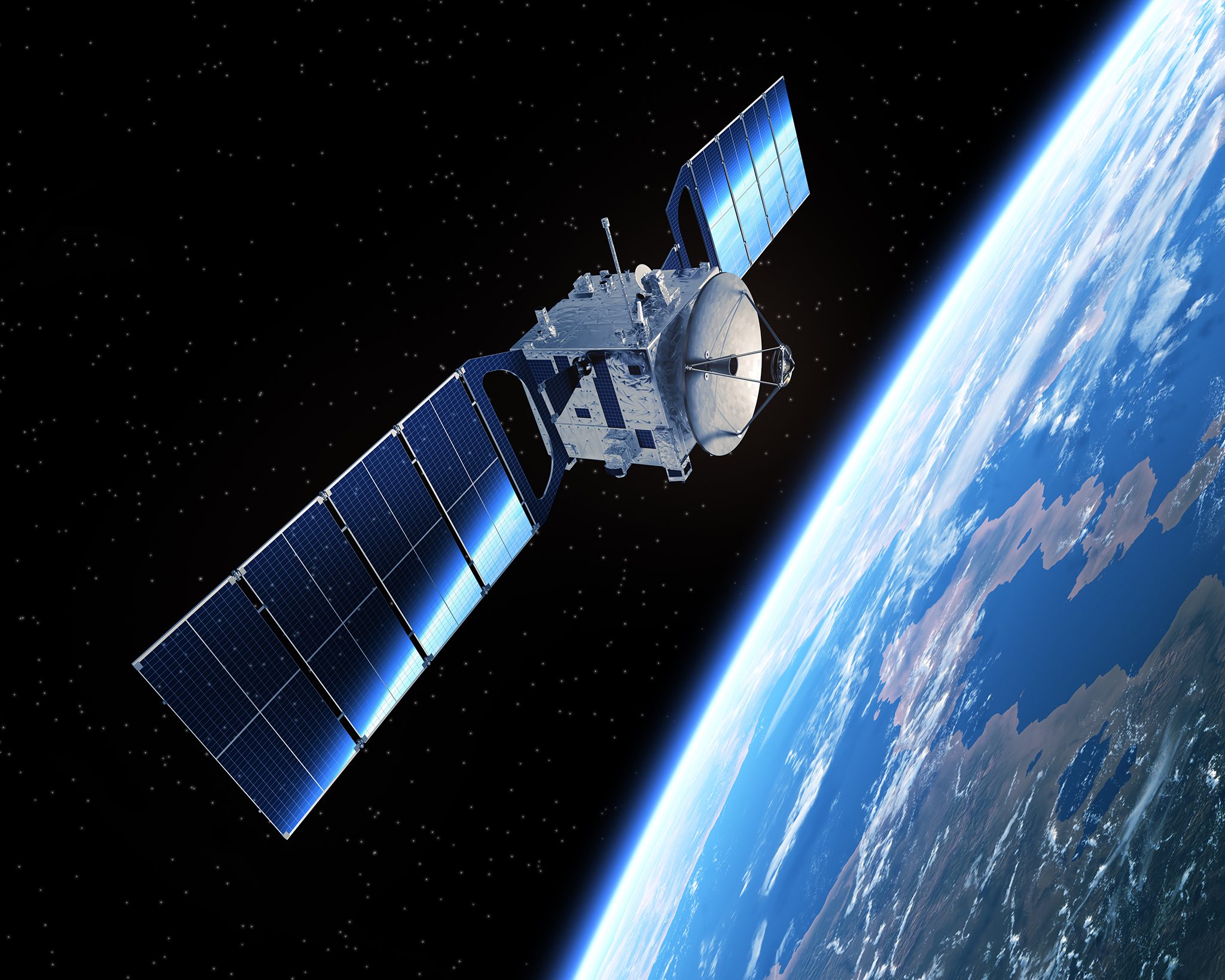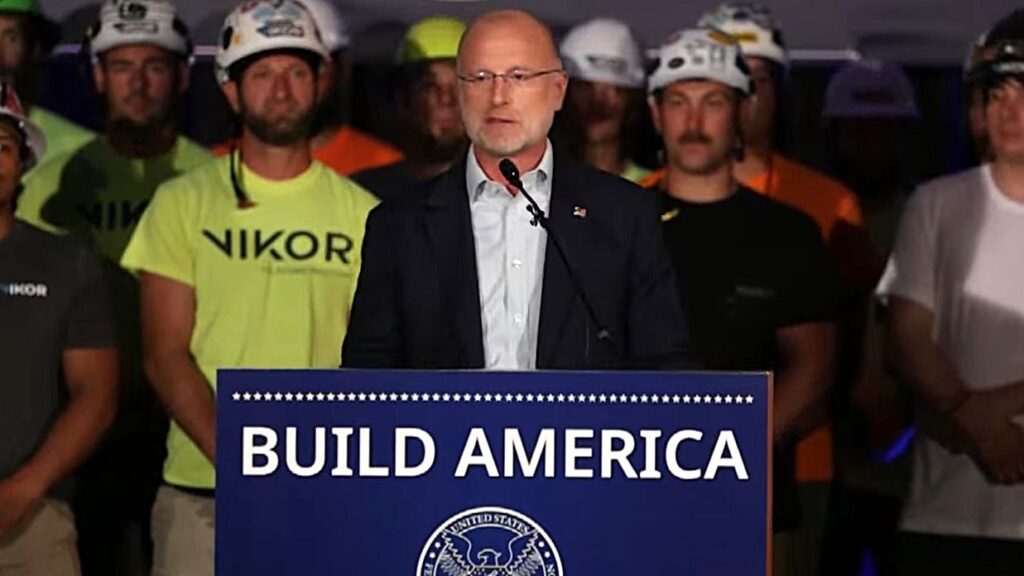Federal Latency Policy Prompts Viasat Shift to LEO Strategy
Randy Sukow
|

Citing the FCC’s policies regarding the broadband latency, Viasat said this week that it is dropping its plan to build and launch medium-earth orbit (MEO) satellites in non-geostationary-satellite orbit (NGSO) and instead moving to a low-earth orbiting (LEO) constellation to compete with SpaceX and other LEO companies. The announcement comes after the latest FCC draft rules for the Rural Digital Opportunity Fund (RDOF) specified that satellite broadband systems, even LEOs, would not be able to bid in the Gigabit Tier in the October reverse auction.

“We have already filed for NGSO constellation at MEO. So basically, what our filing does now is it just lowers the orbit from MEO to LEO,” said Viasat CEO Mark Dankberg (pictured), according to the transcript of a quarterly conference call with financial analysts. “The biggest factor in wanting to lower the altitude is really the amount of funding that the FCC is aiming at low-latency specifications. So, they put a particular threshold on it, which was 100 milliseconds, and one of the things that we’ve been following closely is what the rules are for bidding for those subsidies.”
It was only last month that the FCC approved Viasat’s MEO/NGSO proposal. NRTC members have for many years provided their communities Viasat satellite broadband service based on the company’s current set of high-orbit geostationary satellites.
Viasat was able to obtain approximately $122.5 million in federal support based on the current technology following the 2018 CAF Phase II reverse auction. However, the coming RDOF reverse auction is putting higher value on shorter lag times and future proceedings will almost certainly require LEO performance to compete.
Viasat acknowledged that its satellite systems are at disadvantage for gaining support in this year’s Phase I RDOF reverse auction. However, it noted that the FCC has not indicted how it might change the rules for the $4.4 billion Phase II auction in the future. “We believe if LEO is eligible for the low-latency tier in Phase II … Viasat’s LEO can compete very effectively. We estimate the cost for our LEO could be comparable to the winning bid value for eligible RDOF locations,” the company said in a letter to shareholders.

